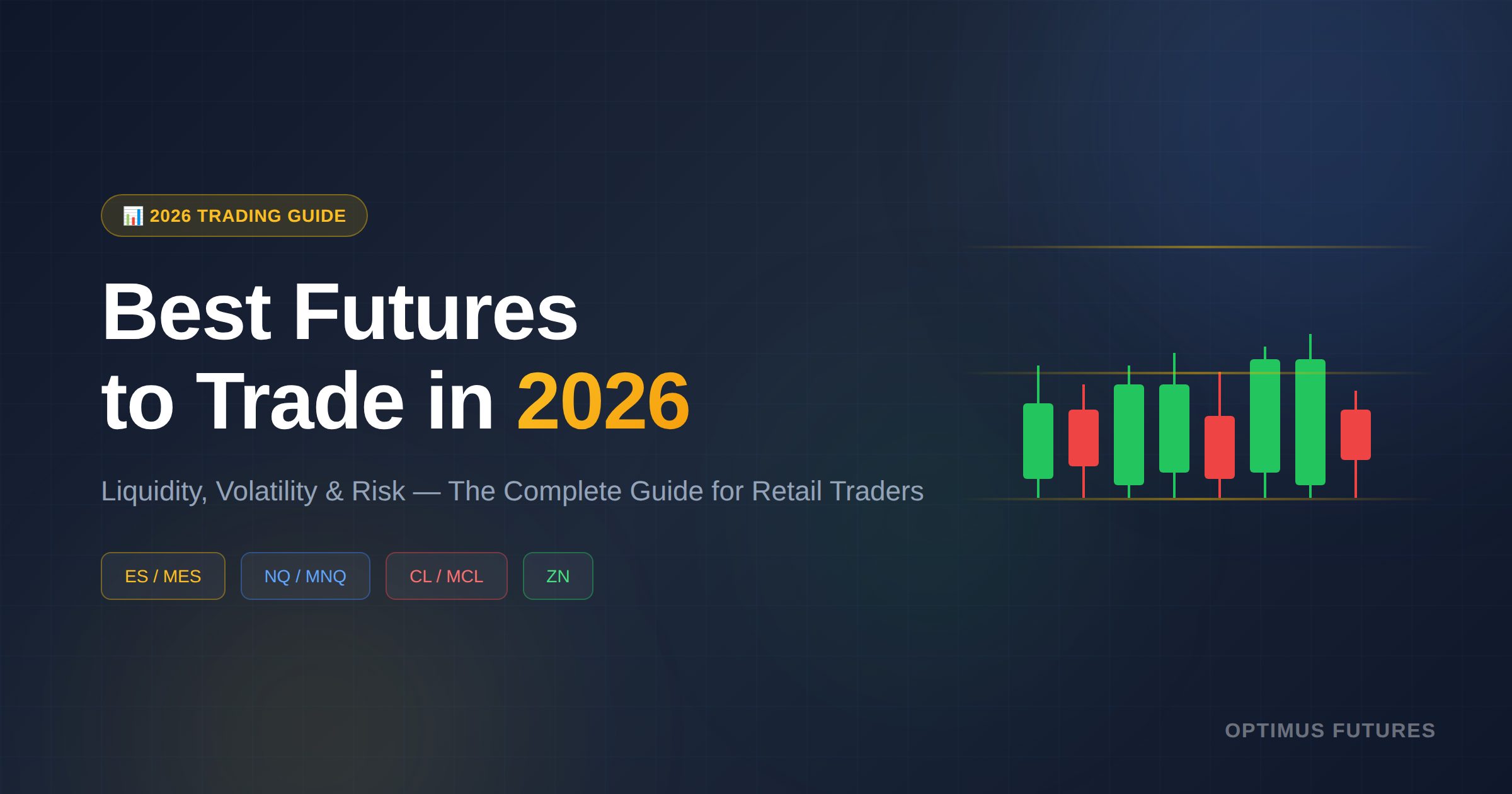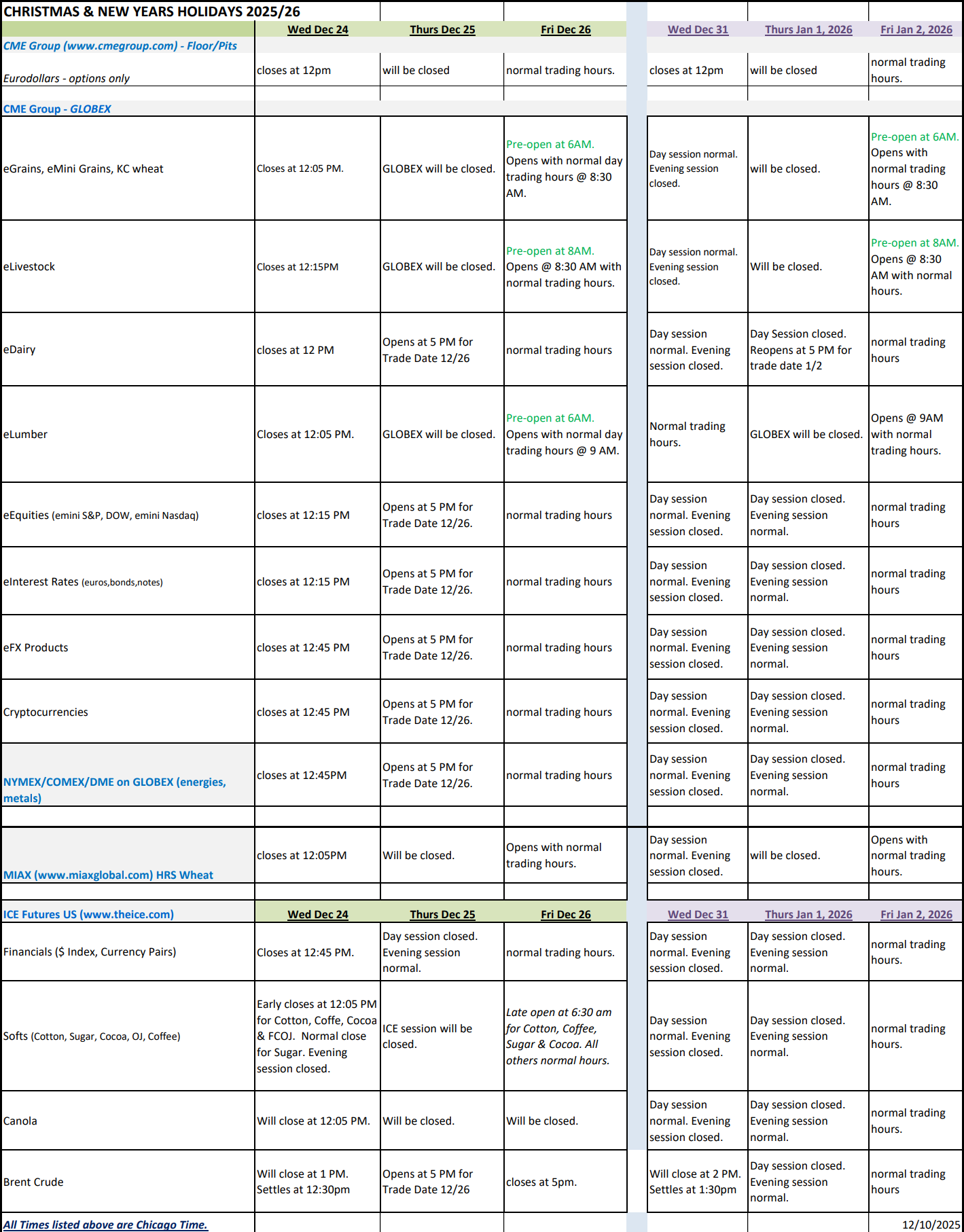How do you end your trading day?Do you just close your trading platform and then move on to other things in your life? The following seven 7 tips can potentially help you create a better trading routine and develop the discipline to be prepared for the next trading session.
Step 1: Keep an end-of-day trading checklist
Look back at all your trades and analyze how you approached them. It is important to avoid hindsight bias here and focus on objective criteria like trade entry, breaking vs. following rules, FOMO vs. proper execution and so on. Keep this exercise as short as possible without overwhelming yourself. We recommend taking screenshots. Collecting screenshots of your trades over time can often be an excellent introduction to record-keeping. Used in combination with a checklist, a trader can improve the review process significantly. Annotate your screenshots and look for commonalities and recurring patterns in your trading.
Step 2: Identify Tomorrow’s Levels
Rather than reacting to market conditions with impulsive actions, try to identify significant levels ahead of time and devise a plan on how to trade them if they hit. Once you identify the critical levels, you should neglect all the price action for that day and stick to your initial analysis. This develops patience and can potentially help you avoid over trading. You should consider looking for significant support and resistance levels where prices are rejected. You may find that regardless of the method you use, the support and resistance levels give you additional “color” on how price behaves around the same levels over and over until broken.
Step 3: Check for News That Move Markets
There are news releases every day, and some are more significant than others. For example, the FMOC meetings may be significant these days because of the concern over rising interest rates. We have not been a rising interest environment for quite some time, so Treasury Futures traders or E-mini S&P traders should watch out for news release times and possibly even avoid trading during those time frames so the market can digest the news and/or lack of it. While support and resistance may depict a graphical representation, they represent supply and demand for any given financial instrument.
Step 4: Order Placing Management
Most traders put too much emphasis on trade entries and neglect the importance of everything else that comes along with a trade. In order to get a better understanding of how you place orders and manage trades consider applying the following analysis to your trades:
- Did I set my stop loss too close or at a significantly obvious level?
- Did I use reasonable reward: risk ratio?
- Did price go in my favor but didn’t make it to my profit target? Was I too aggressive on my target?
- Did I close my trade manually? If so, why? Did I have good reasons or did I act on feelings?
Those four simple questions will provide detailed insights about your trading approach and help you identify weaknesses quickly.
Disclaimer: The placement of contingent orders by you or broker, or trading advisor, such as a “stop-loss” or “stop-limit” order, will not necessarily limit your losses to the intended amounts, since market conditions may make it impossible to execute such orders
Step 5: Review Trading Metrics I: Reward: Risk Ratio (RRR) vs. R-Multiple
Try to look beyond just the real gain on your trades. The RRR is a good starting point as it tells you the potential outlook on your trades and measures the potential reward and risk. The R-Multiple then calculates the outcome of the trade and compares it to the initial risk. What traders should look for are large initial RRR figures which then led to small R-Multiple figures. If this happens frequently, it can signal problems in your trade management.
Step 6: Review Trading Metrics II: Risk
Now you should look at position sizing and the risk in your trading. Are your winners and losers roughly the same size or do you see big outliers? Risk should be as constant as possible to limit drawdowns. Other things to be aware of here are over-leveraging, adding to losers and other high-risk money management techniques. You might do well over the short term, but they usually lead to significant drawdowns eventually.
Step 7: Summarize Your Execution
At the end of your routine, ask yourself this question: What one thing should I do better tomorrow assuming the same market conditions prevail? Look back at your trading day and find that one thing that would make the biggest impact in your trading if you could change it. Keep it short and write it down separately. Over time, you will get a valuable collection of little reminders and lessons. The first step towards changing a negative behavior and improving performance is becoming aware of the problems. This exercise may lead you to see that you may have only a few issues that need to be resolved, and an honest review of your daily trading habits may well point it out.
There is a substantial risk of loss in futures trading. Past performance is not indicative of future results.




